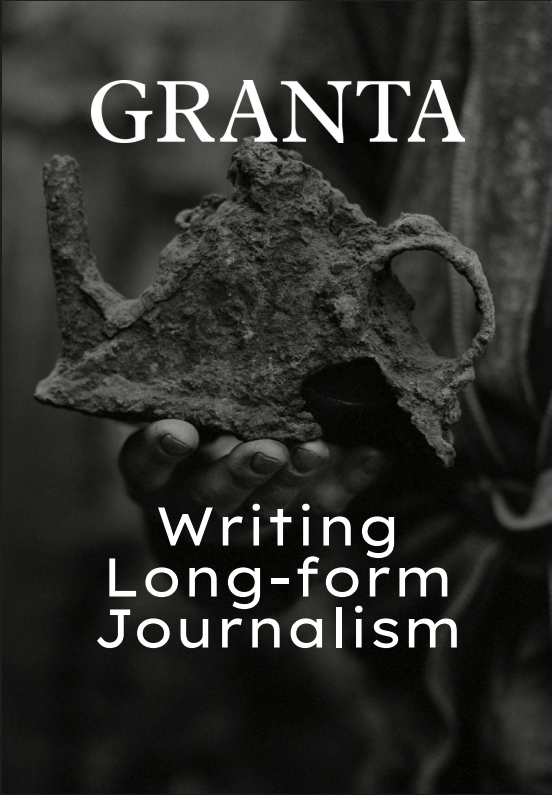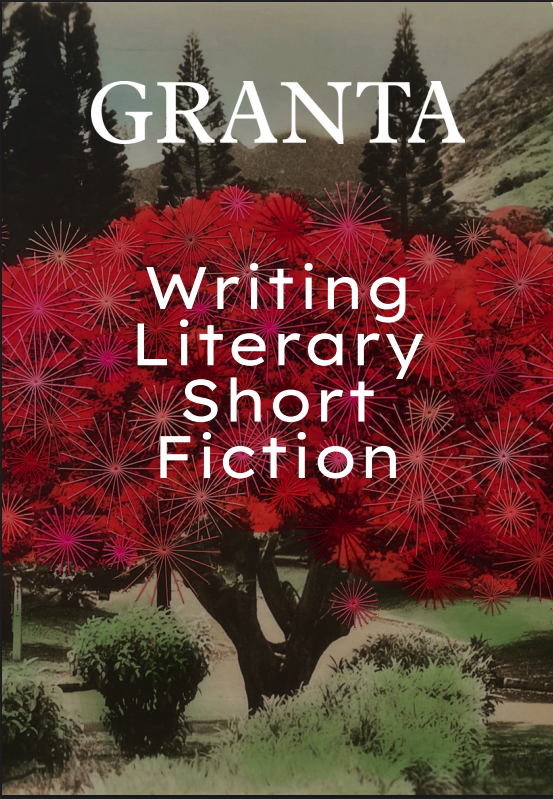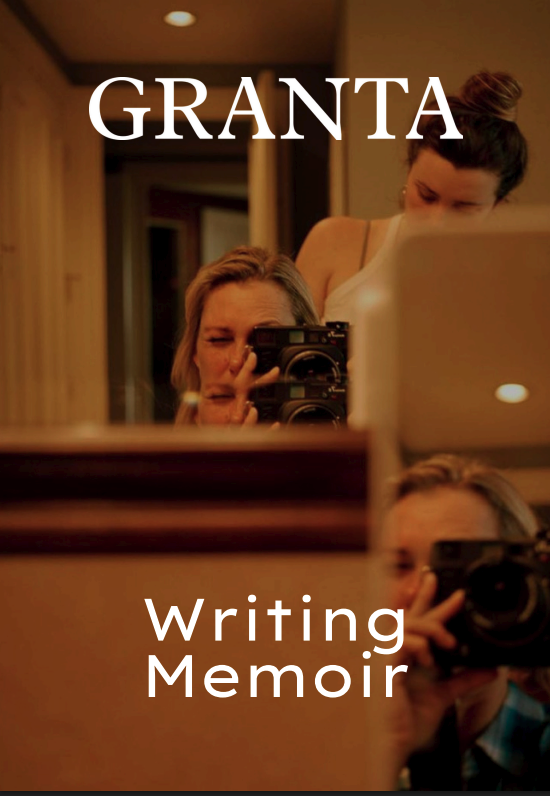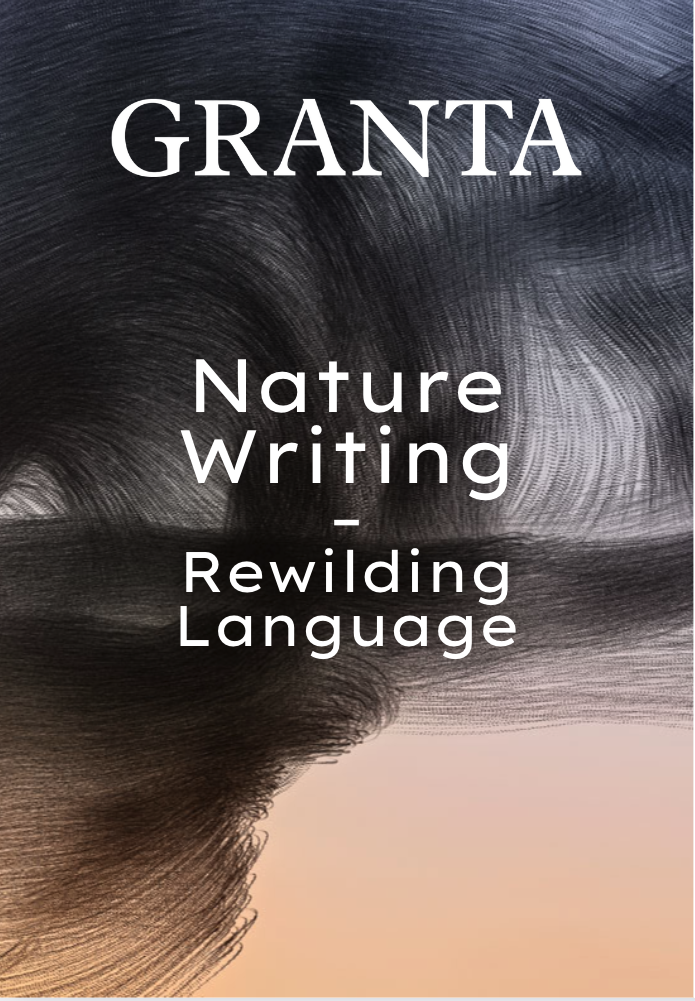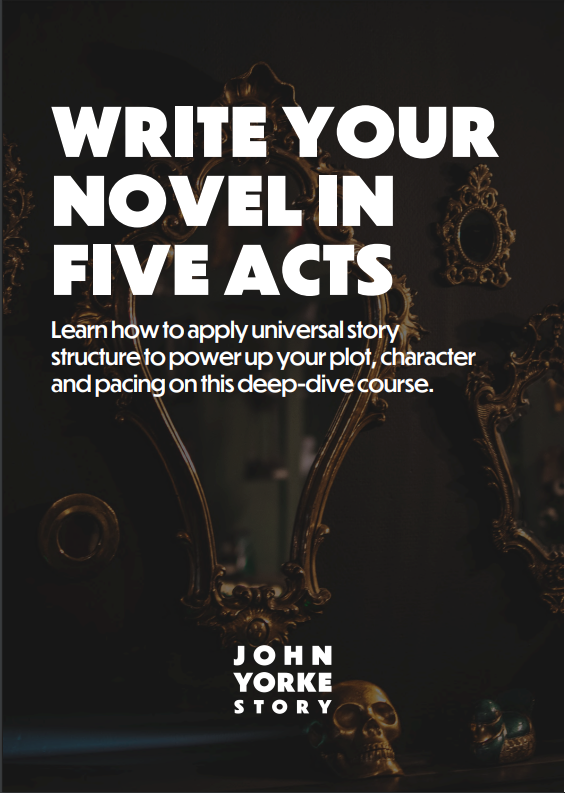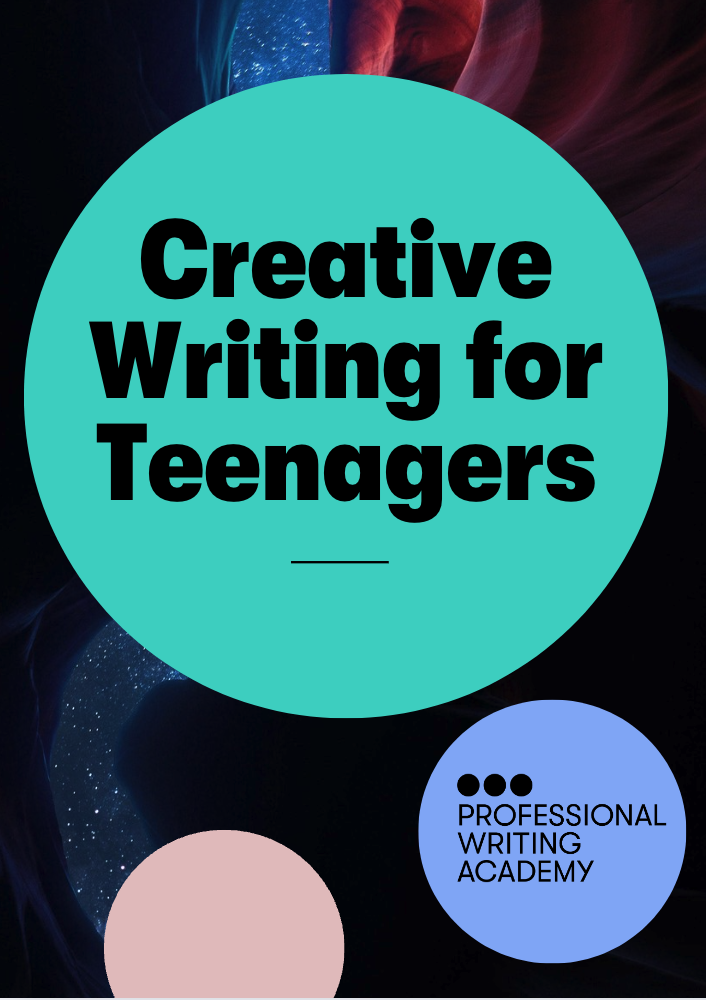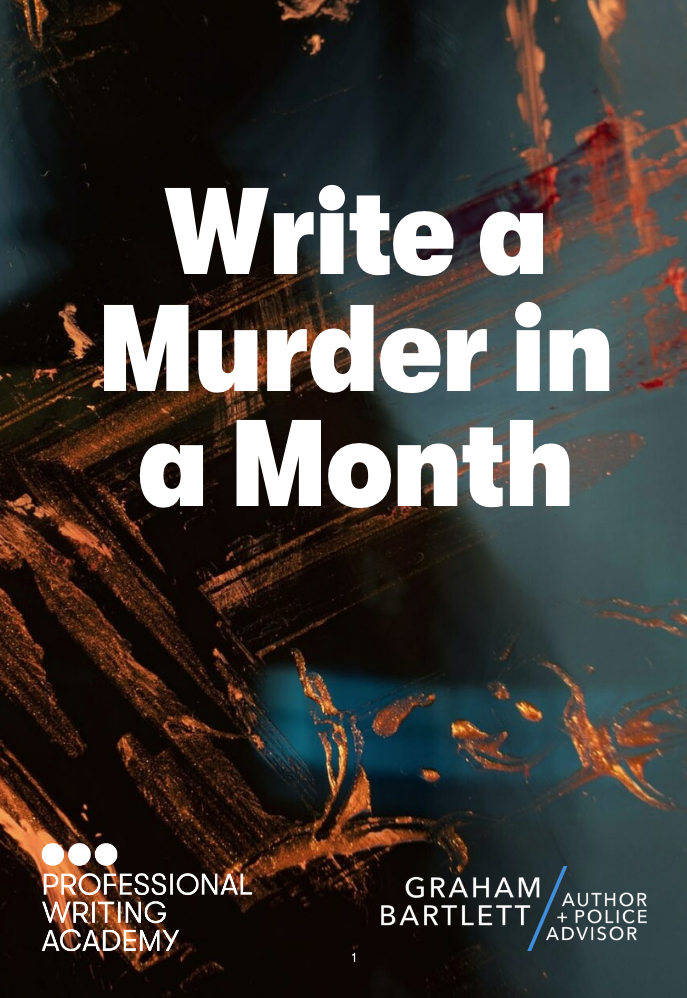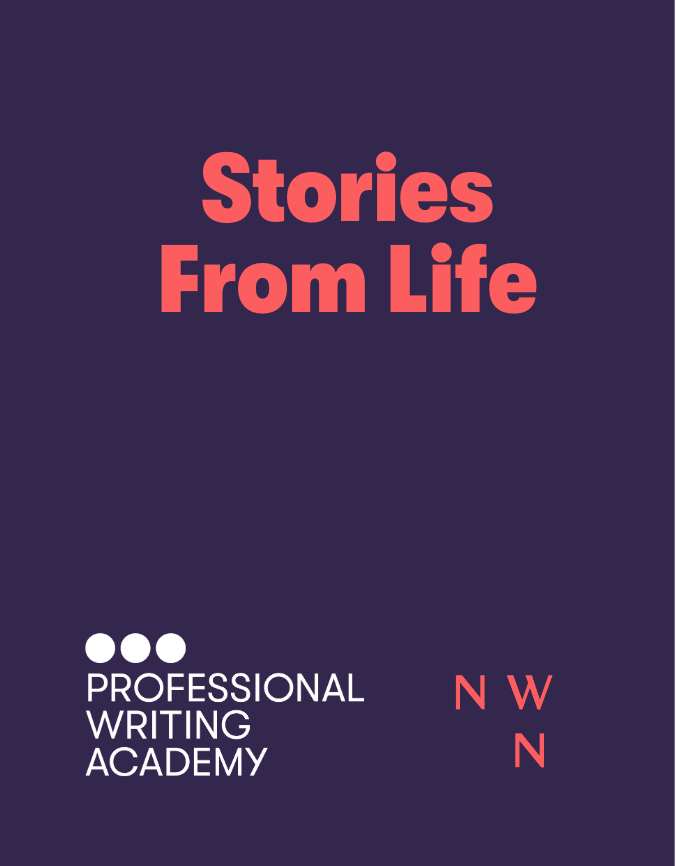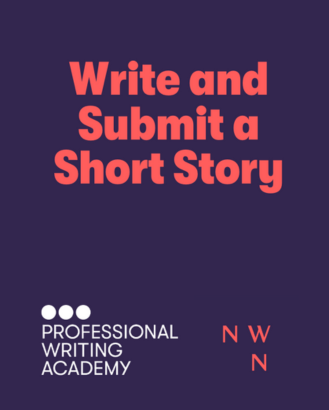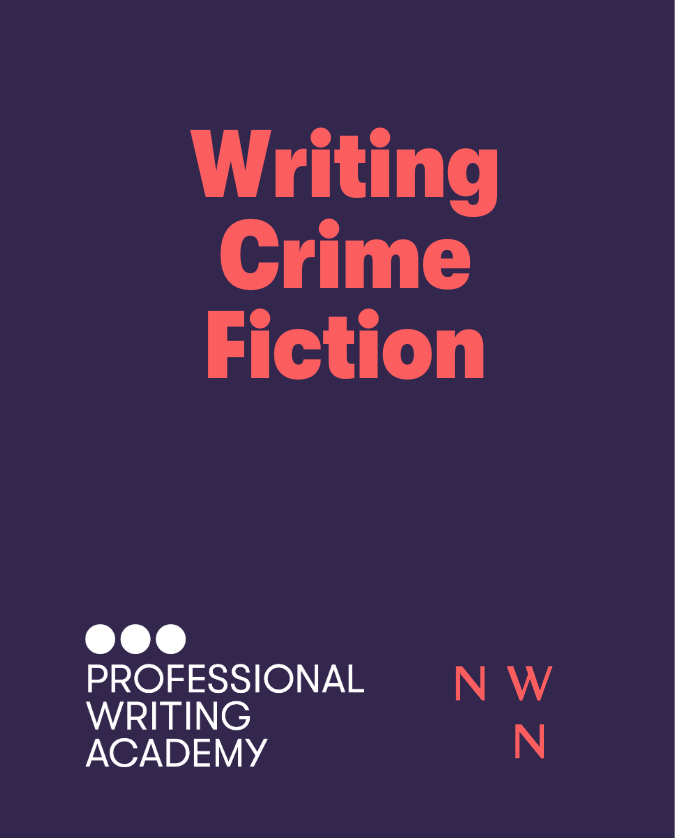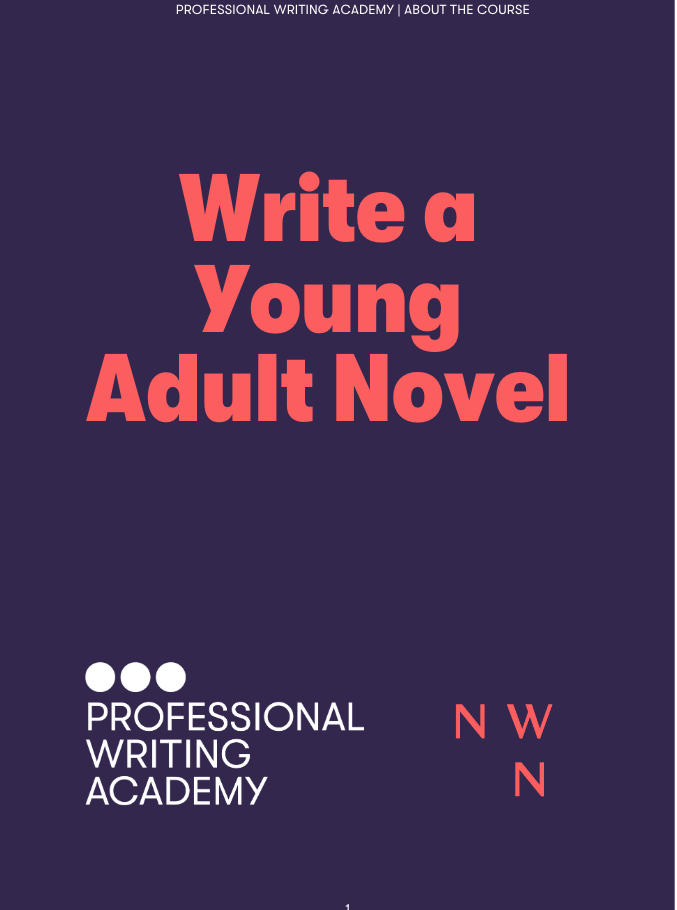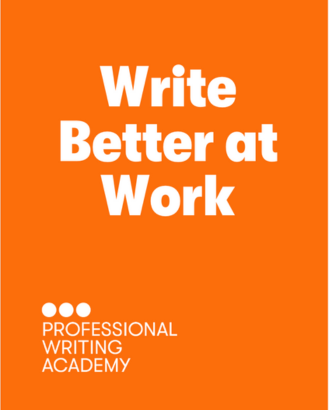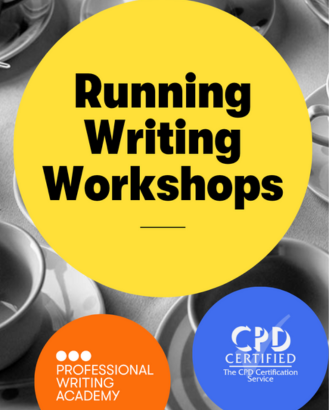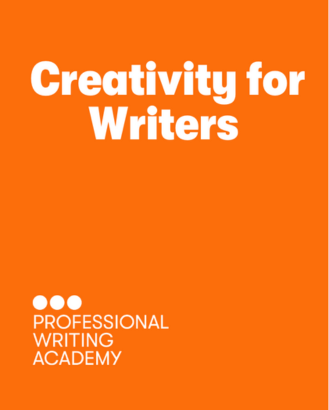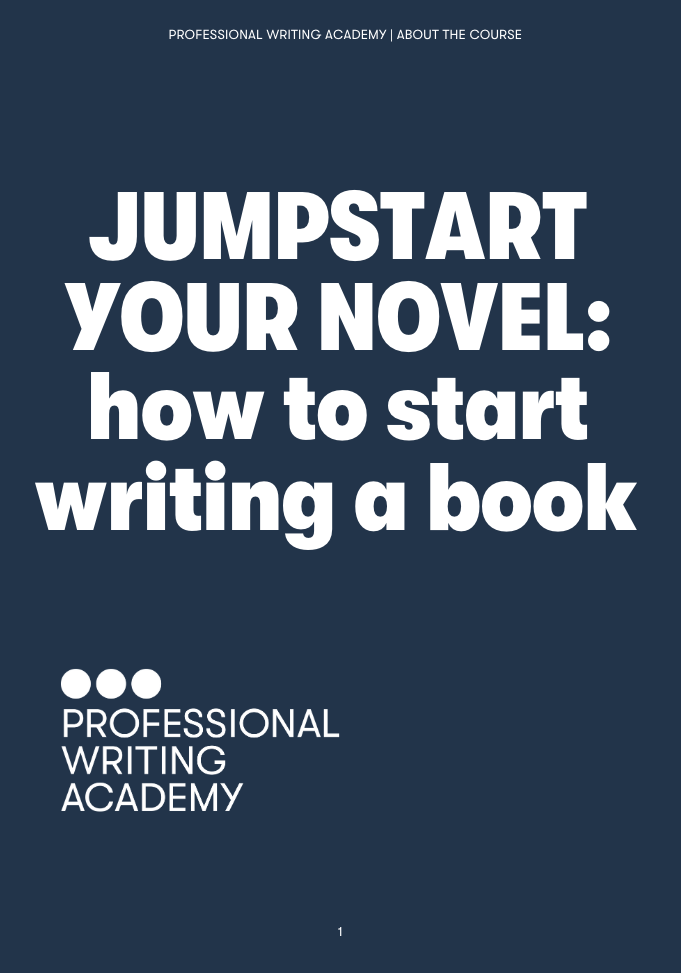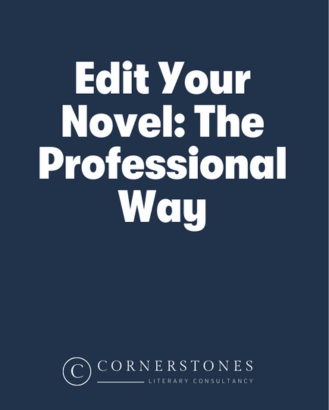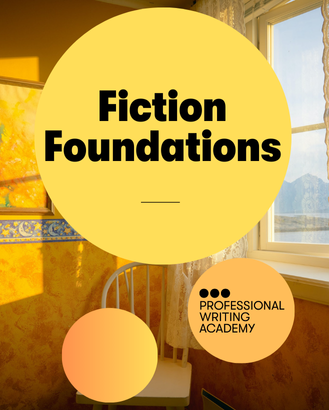If your outline feels a little patchy, your motivation might suffer – words don’t flow and sitting down to write can start to feel so much less appealing.
Building good bones for your project can set you up for fleshing it out with gusto in draft one. Here are 8 of our favourite approaches.
1. Mining Your Story Beats for Hidden Gems
Identify the key scenes in your current outline and make an index card for each one, then consider what aspects you’d like to come through in that particular beat and add a note. A good way to start is by making a checklist: what ideas or techniques make your writing sparkle? Are your themes handled throughout? Do you have a motif you’d like to string the way from start to end? Do you want to signal a looming crisis with a carefully placed smidge of foreshadowing?
You may also want to consider broader aspects such as character development, threat level, or emotional tone. Gather your best story jewels and lay them out for stringing into a dazzling first draft.
2. Mapping Layers as Macros
If colour and shape help you plan, try making a graph to track the journey of your novel. One axis should chart chapters or scenes, and the other lists the things that matter most to your story. Perhaps you want to map the intensity of the emotional journey as a whole, to track the level of action through the story arc, or to build an overview of your protagonist’s progress toward enlightenment, mutation, infatuation, or whatever trial you plan to put them through.
This strategy is borrowed from narrative design in video games, where a graphic ‘macro’ acts as an easy-to-read summary of a potentially sprawling story. So, if you’re managing a large plot, or you’re visually motivated and like to get structural, this one is for you.

3. Getting Detailed with Tools
Let’s face it: tools are everything. If you have a very detailed plot or lots of world-building to manage, one of these tools could be the answer to your prayers – Scrivener, Plottr and First Draft Pro are all designed to support the outlining process, making it easier to organise ideas and visualise story progression. Some have features for adding additional media such as soundtracks and images, really helping you deepen your fictional world with sound and vision whilst offering a change in work energy when the actual writing part of being a writer overwhelms you.
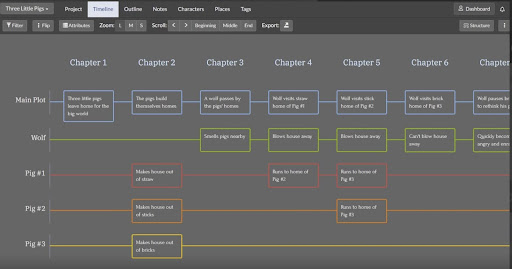
4. Deepening Your Themes
You may already have a pretty tight plot, but if you’re feeling stuck or just want to draw your reader in deeper, try reconsidering your outline through a thematic lens. What core messages or philosophies is your novel exploring? How are they threaded through your outline right now? When you read through your current outline, does it show themes pulling strongly through the whole work, or are there areas where they get tangled, drowned out or overlooked entirely?
This kind of deep-tissue work is great for identifying weak areas in storylines, characters, and individual scenes. If you haven’t already, try sitting in a peaceful place away from the screen to give your outline a thematic workover – it could turn out to be a truly holistic treat.
5. Outlining for Subplots
With that new-project energy flowing fast, it can be all too easy to overlook the potential story juice in your subplots and supporting characters. What are your subplots? Have you recognised and honoured them sufficiently? Do they map across the entirety of your novel at a pace that’s satisfying for the reader, and works well with the main plot? What about supporting characters? Have their needs and wants been considered? Do their journeys make sense in relation to events in your overarching plot?
It’s important to keep these aspects from drifting loose or sinking beneath the weight of your key story and main character. Give yourself time to build them into your outline so they can work together to make a story that’s layered, complex and satisfying.
6. Outlining for World-Building and Exposition
You don’t need to be writing fantasy to give some thought to world-building. Whatever genre you’re working in, from contemporary family saga to afro-futurist sci-fi, you’re building a world, and that means carefully controlling the information you give to your reader about that world. Pacing is also important – what revelations come to whom and when? What does your reader know that your character does not, and vice versa?
This is a great way to push yourself out of your own head and into your reader’s, throwing light on any holes or bumps in the path of a hastily mapped plot.
7. Auditing Your Outline for Plot and Character
If you feel like things are getting a bit flabby, auditing your outline is a great way to get streamlined. ‘Audit’ isn’t usually a word associated with writing, but when you’re feeling creatively zonked but want to stay productive, it can be just the friend you need. Try switching your brain to accountant mode and get stuck into some fact-checking.
Each scene should work to allow its main character to develop and advance the plot – albeit in small or subtle ways. Scenes that feel like a fun idea when we dream them up can show up in an audit as disposable flimflam. Out they go! But don’t despair – this lens is also handy for turning weak scenes into gains. Review them to level them up, perhaps by seeding new story elements or having a character change a previously held attitude.
There are lots of ways to add plot and character shifts to your scenes and beats – putting on your auditor’s hat is an organised way to help you spot them.
8. Testing Your Outline
Now that you’ve developed it, share your outline with a critique partner or writing group. Writing works best with an open mind and an occasional taste for teamwork – fresh perspectives help highlight any gaps, inconsistencies or confusion so you can nip any issues in the bud. Make sure your chosen group or person is of the open-hearted and collaborative kind, and ask them to bring you questions rather than problems or answers. Include lots of time for your crit partner to think about your outline before discussing it, and make a safe and comfortable space for the feedback session – and make sure to make notes to work through and make adjustments later on.
Which one is for you?
How do you feel about planning your writing? Are any of these approaches calling to you?
These approaches may not be for you, but if you’re feeling stuck or just love some deep-dive structure work, give one of them a try – and tell us how it went!
Want to perfect your novel structure? Our Write Your Novel in Five Acts 6-month course is a Master’s-level deep-dive into story construction. Tap into the narrative blueprint that underlies all successful stories – and transform your approach to novel writing.




